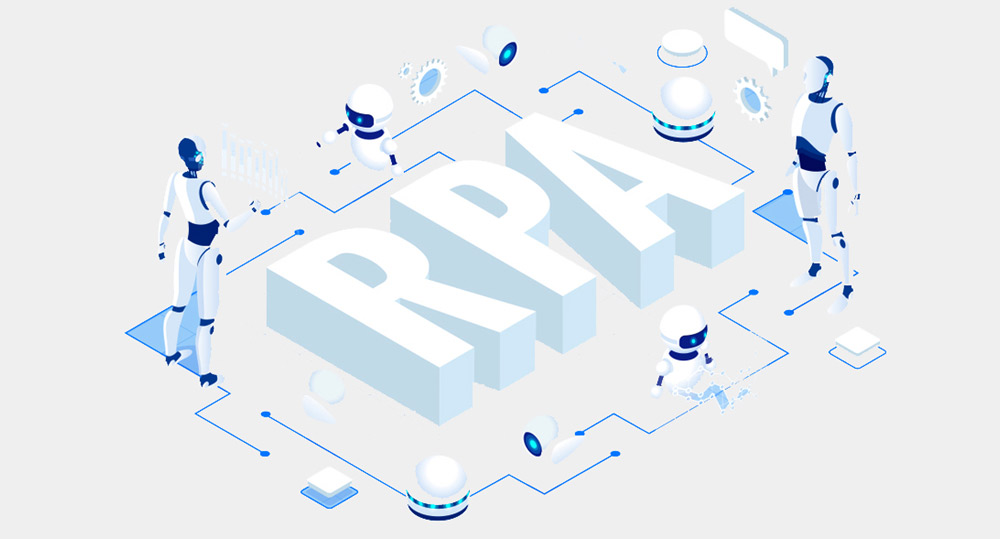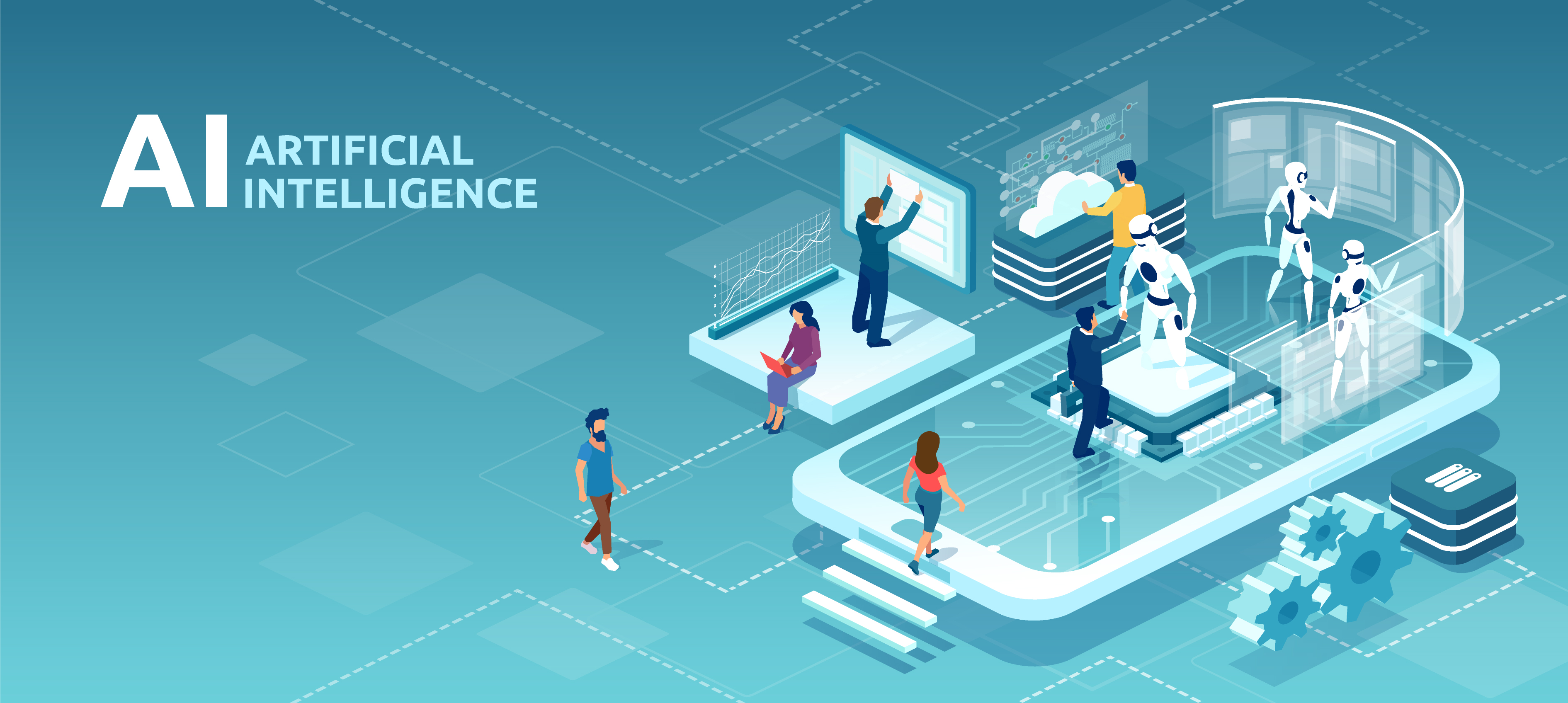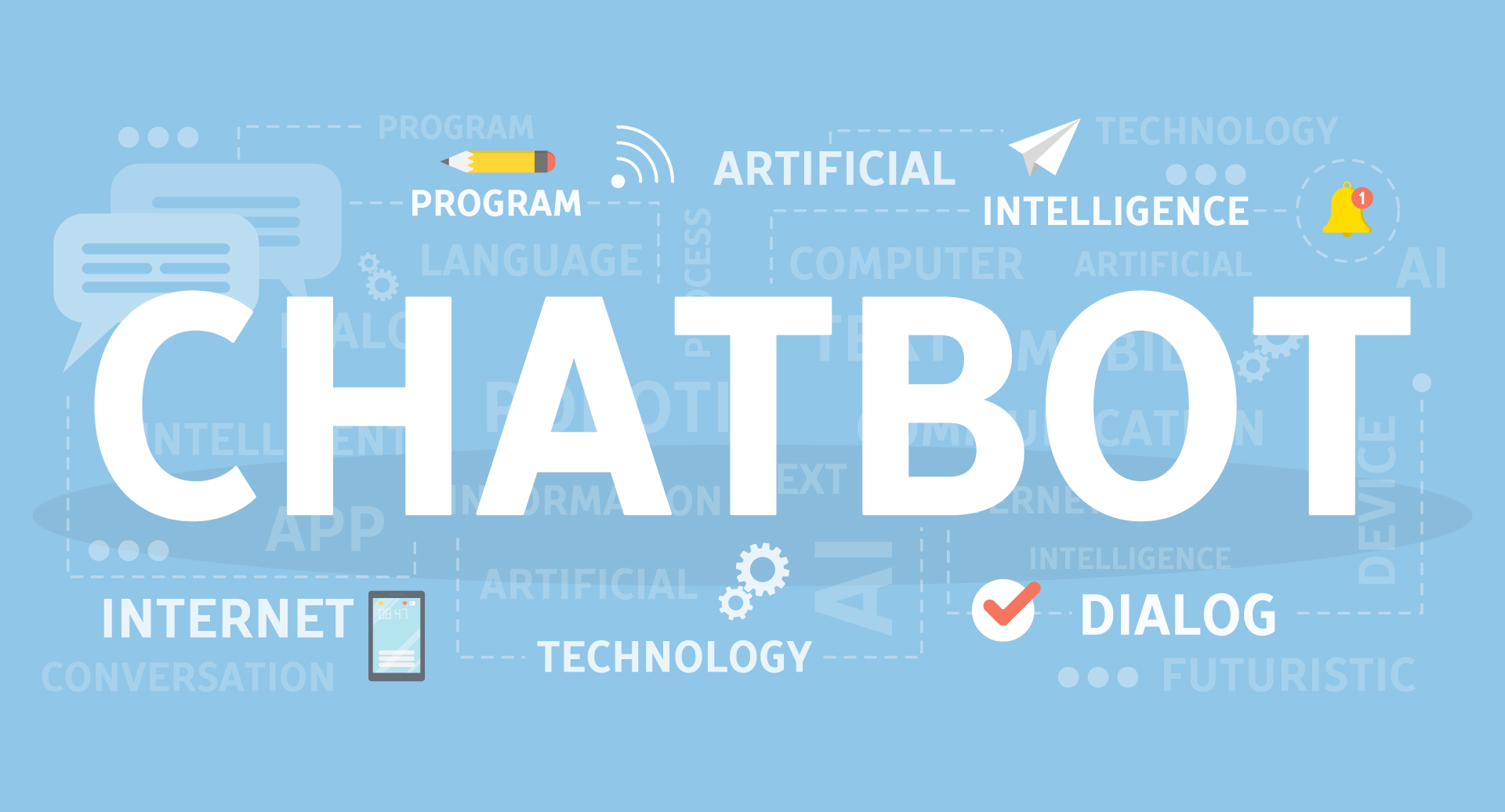Business Automation
Business Automation is the technology-enabled automation of complex business processes. Business Automation automated process by managing information, data and processes to reduce costs, resources, simplicity, achieve digitalization, increase service quality, improve service delivery and investment. BA increases productivity by automating key business processes through computing technology.It consists of integrating applications, restructuring labor resources and using software applications throughout the organization.
- BPA is based on three fundamental principles:
- Orchestration: Allows organizations to build systems that provide centralized management of its enterprise computing architecture.
- Integration:Amalgamates business functions by ensuring the BPA system is spread across the process-centric boundaries of an organization.
- Automated execution:multiple tasks with minimal human intervention.





